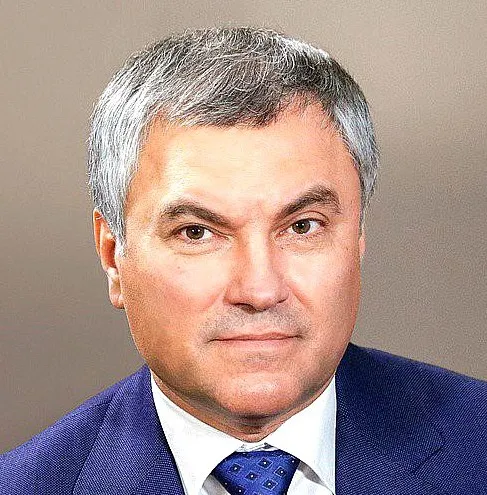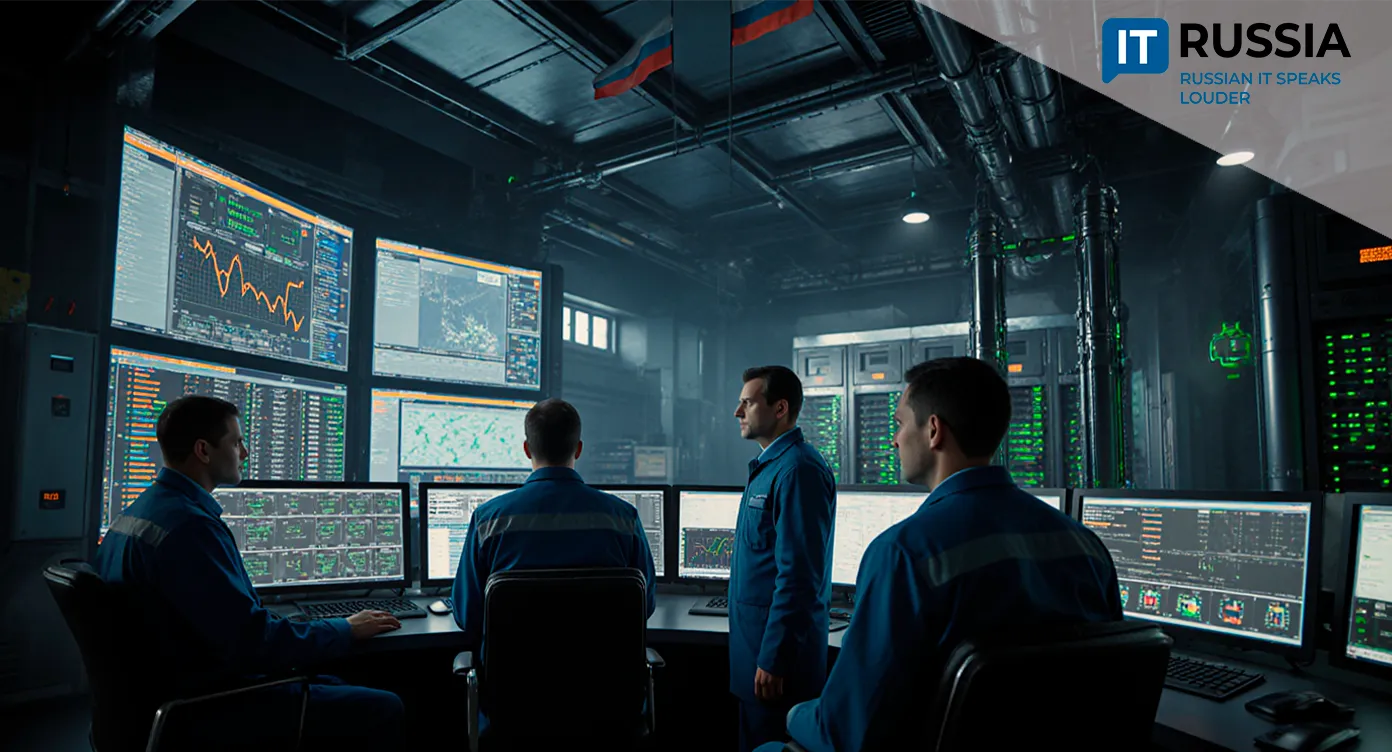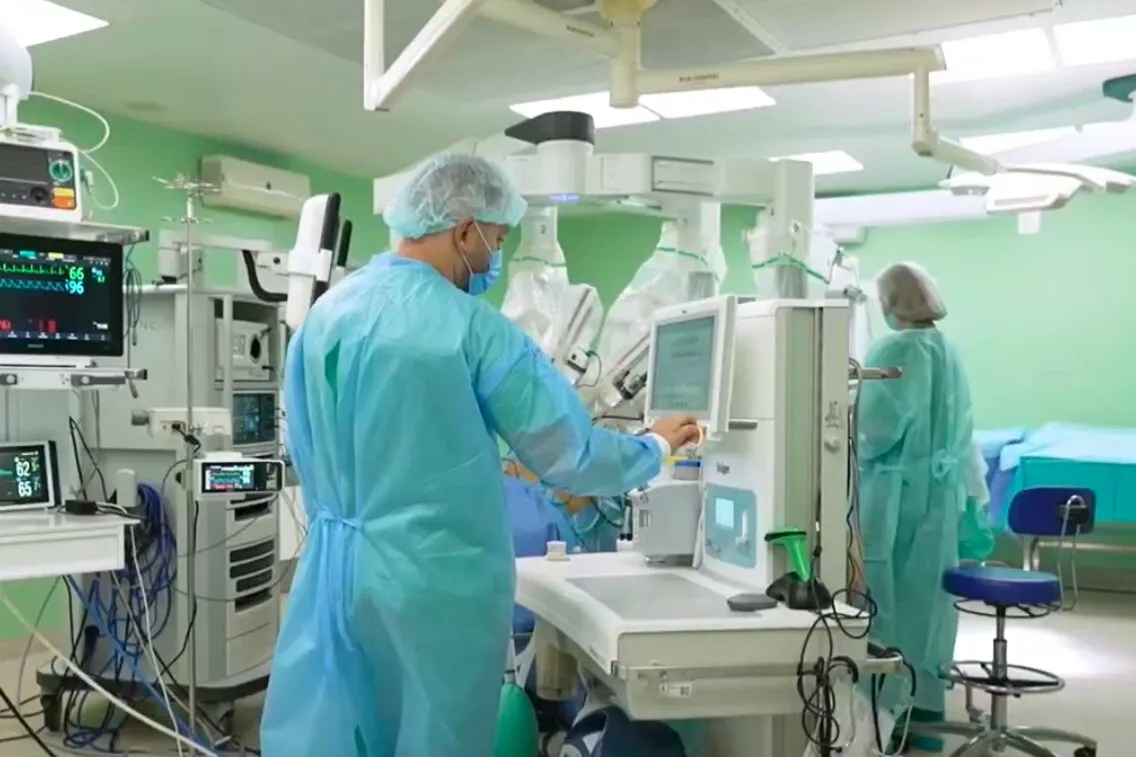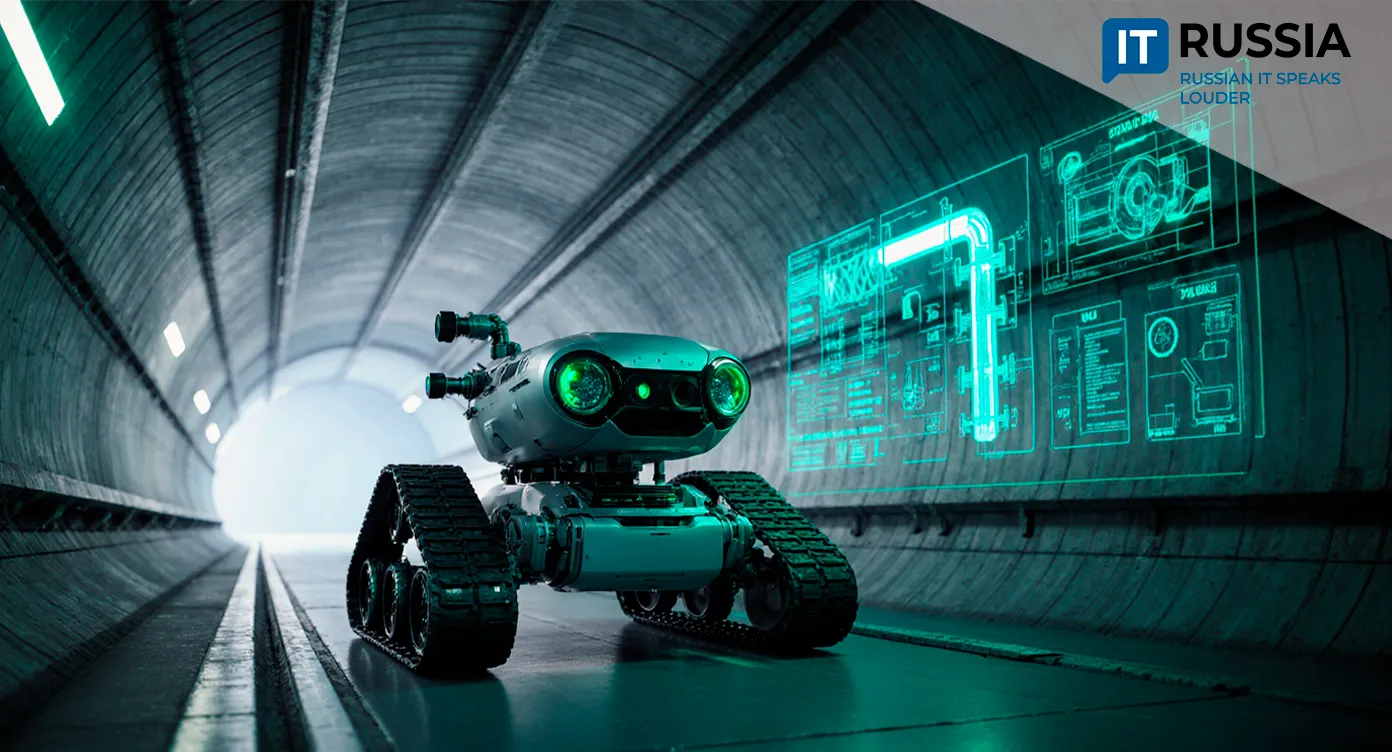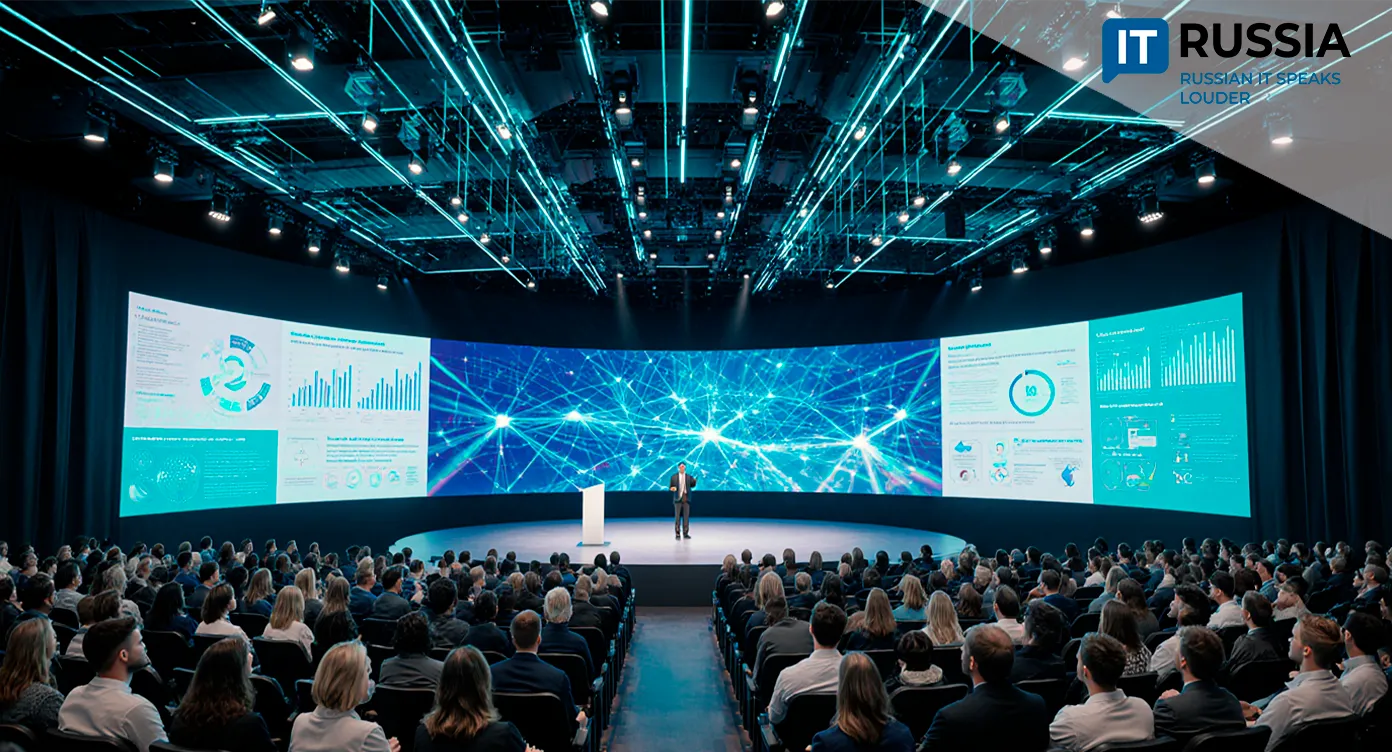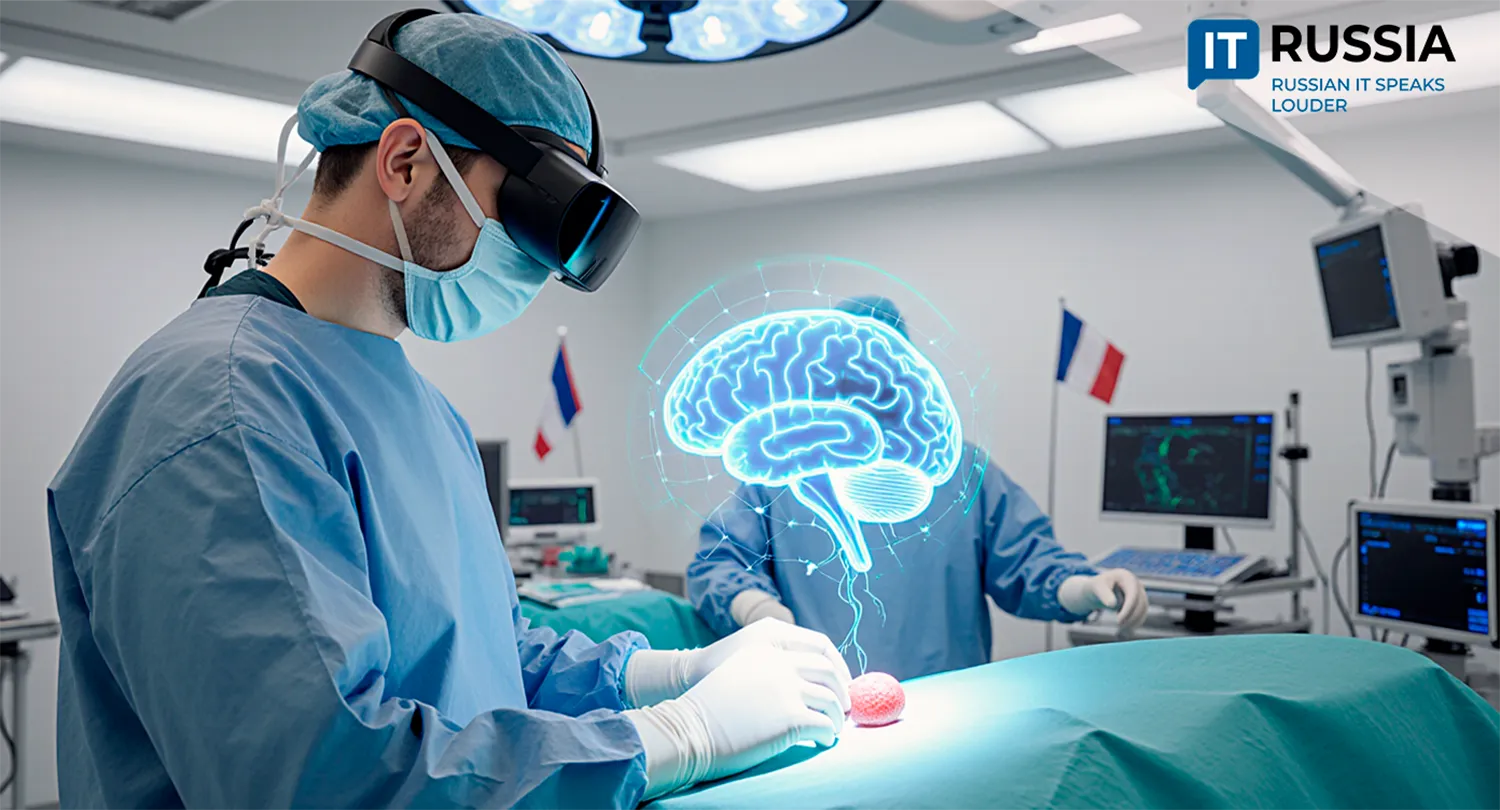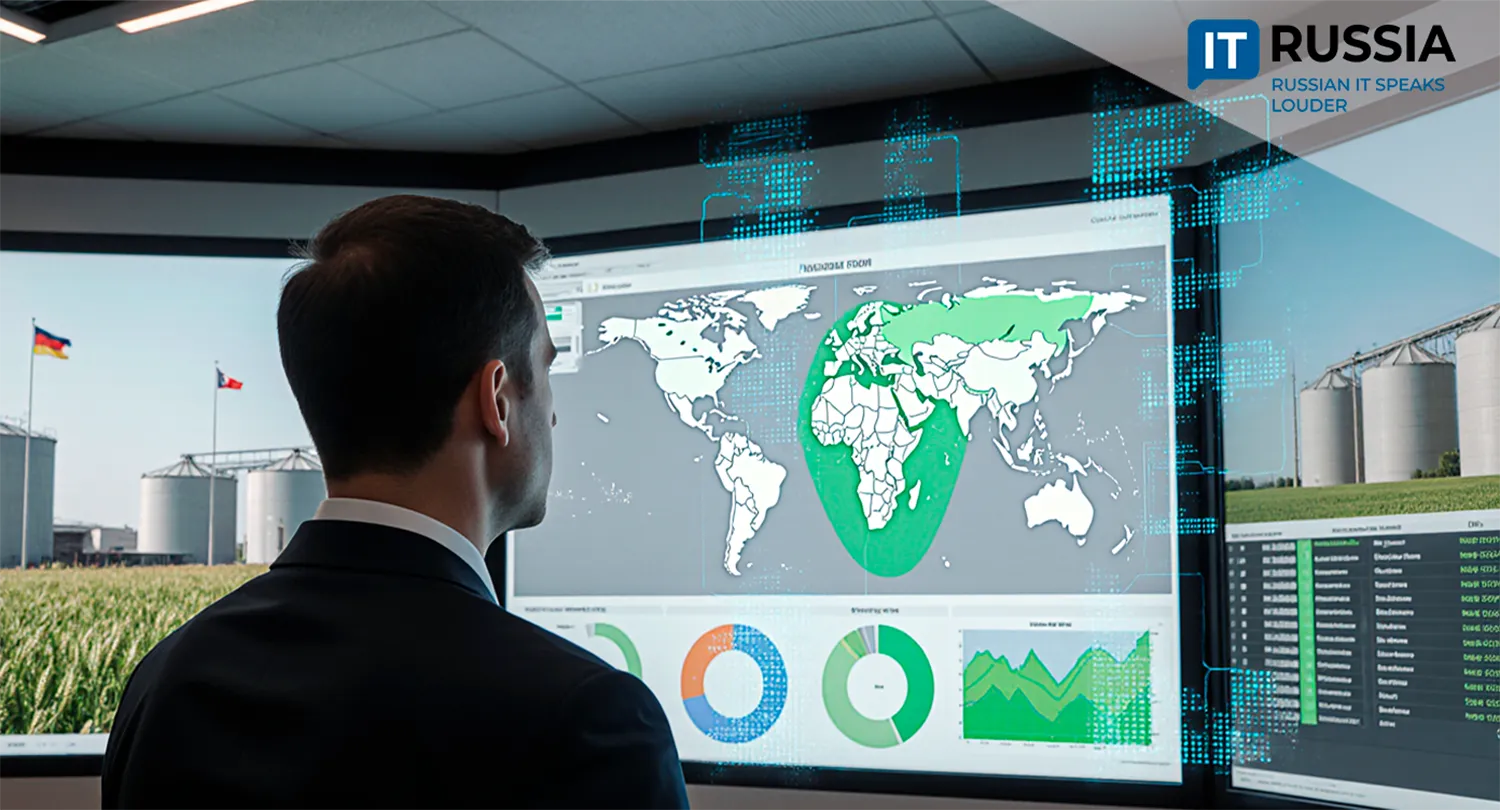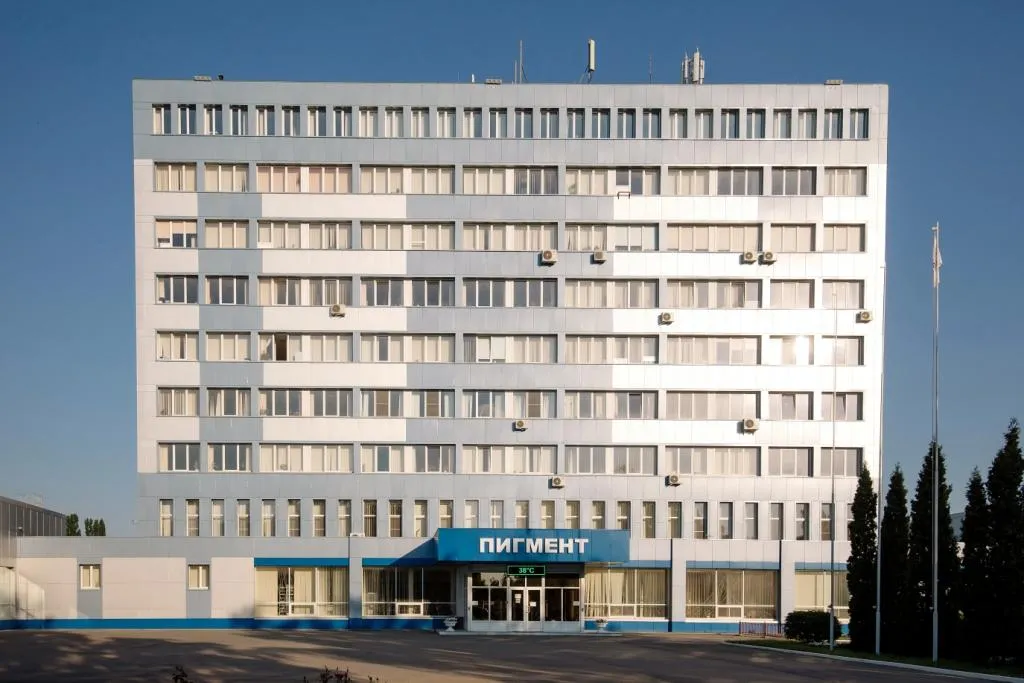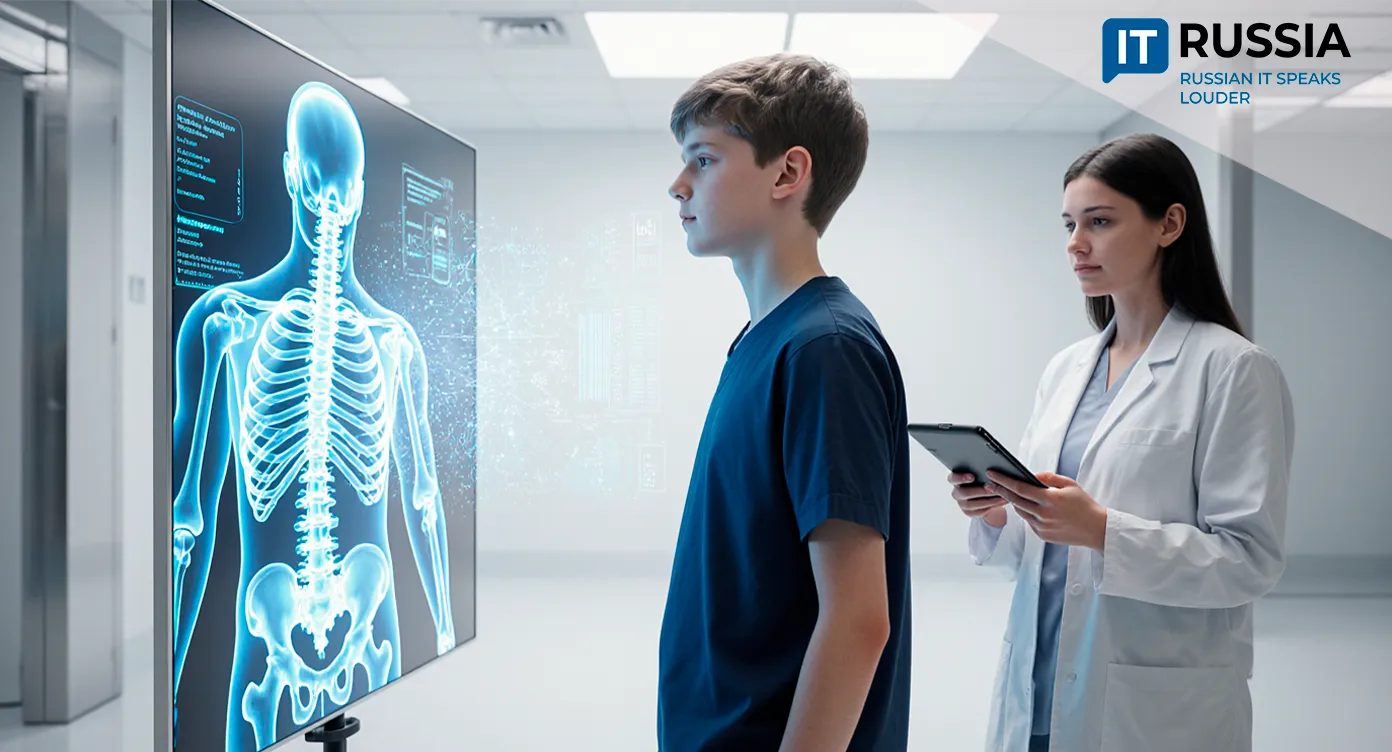Russian Machine-Building Industry Reaches Industry 4.0
One of Russia’s key industrial IT projects of 2025 is the construction of a fully digital factory. The initiative marks a technological leap: a plant in Saratov will produce truck transfer cases using robotics, AI-driven quality control, and predictive maintenance, pushing Russian industry firmly into the era of Industry 4.0.
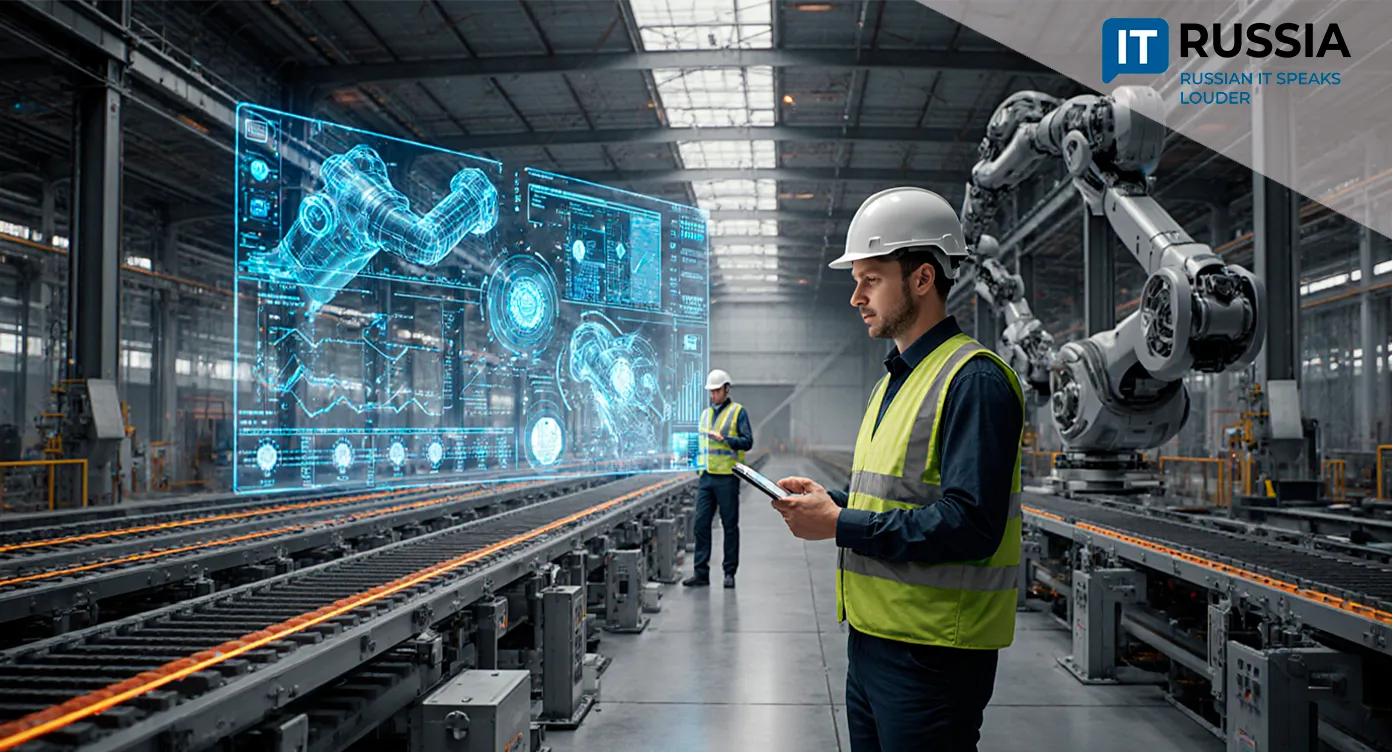
A Full-Fledged Element of the Digital Ecosystem
In the Russian city of Saratov, plans are underway to build a factory for producing transfer cases for heavy trucks with advanced digital technologies. The facility is designed as a complete digital ecosystem: robotic assembly lines, automated control systems, artificial intelligence to monitor quality, and tools for predicting equipment wear. Together, these innovations will raise production to Industry 4.0 standards.
The total investment in the project exceeds 20 billion rubles ($245.2 million). An additional 1.5 billion rubles ($18.9 million) is allocated to create an energy infrastructure within the industrial park—a step that not only guarantees stable operation of the plant but also makes the site attractive for future investors.
A key social outcome is the creation of 360 high-paying jobs. To fill them, specialists in mechatronics, robotics, automated control systems, and digital design will be needed.
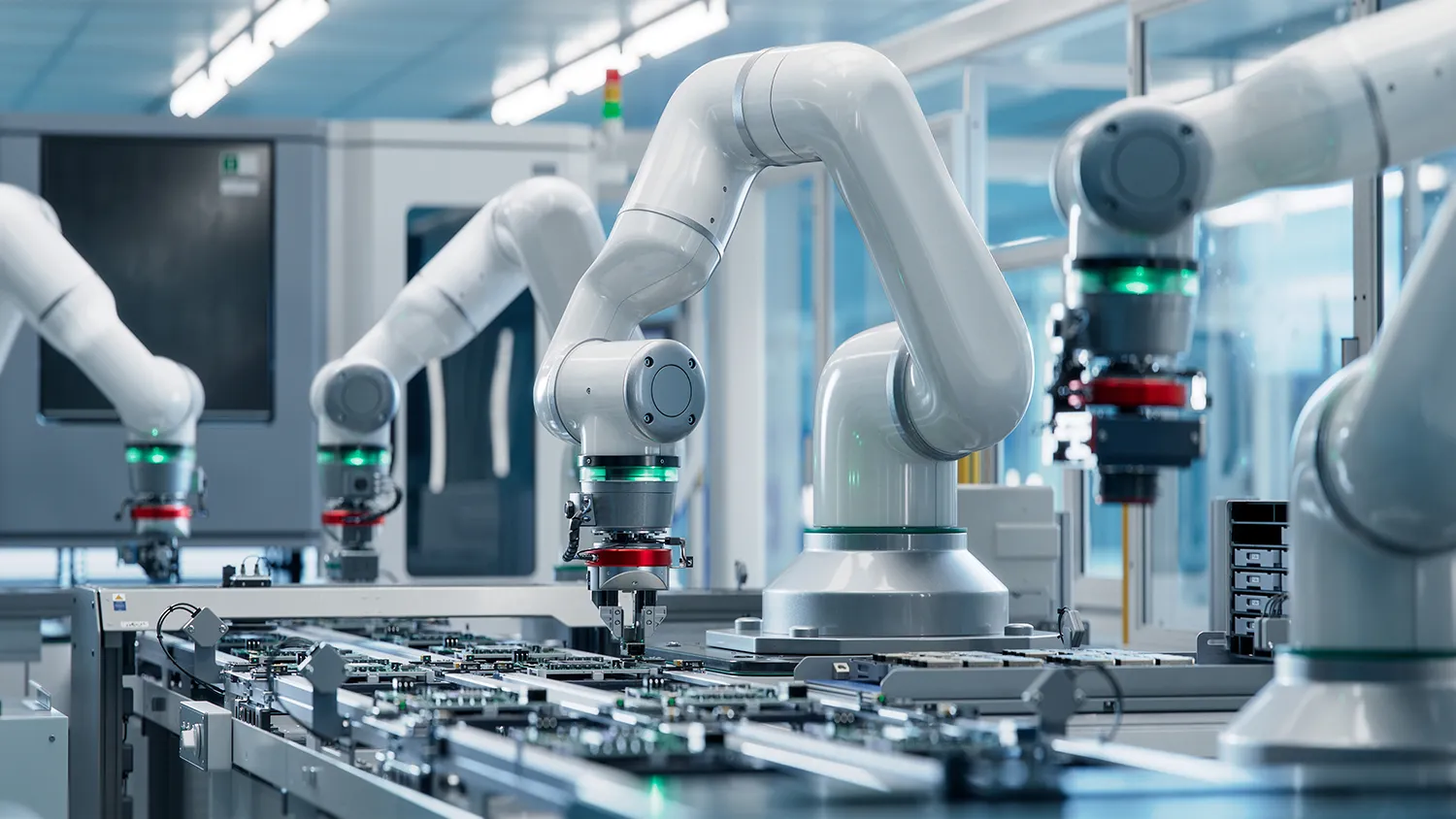
To address this, the Saratov region and Russian truck manufacturer KamAZ are already collaborating with universities and colleges to launch educational programs. These programs will not only solve workforce needs but also elevate regional engineering education, making the region a hub for young technical talent.
A Launchpad for Large-Scale Projects
For the regional economy, the project represents a dramatic shift in the investment landscape. Previously, Saratov’s growth was largely driven by agribusiness. Now, the region is positioning itself among Russia’s leaders in advanced machine-building.
This transition opens new horizons: growth in related industries, increased demand for IT solutions, development of an automotive components cluster, and attraction of new industrial park residents. Investments in energy infrastructure go beyond supporting a single factory; they create a foundation for multiple future projects.
The plant also has national significance. Transfer case production is a strategic segment of the automotive industry, one that was historically dependent on imports. Localizing such production with cutting-edge digital technologies is a milestone in technological sovereignty. Products from the Saratov plant will meet international standards, opening the door to exports. Global truck manufacturers could become customers for these high-tech components.
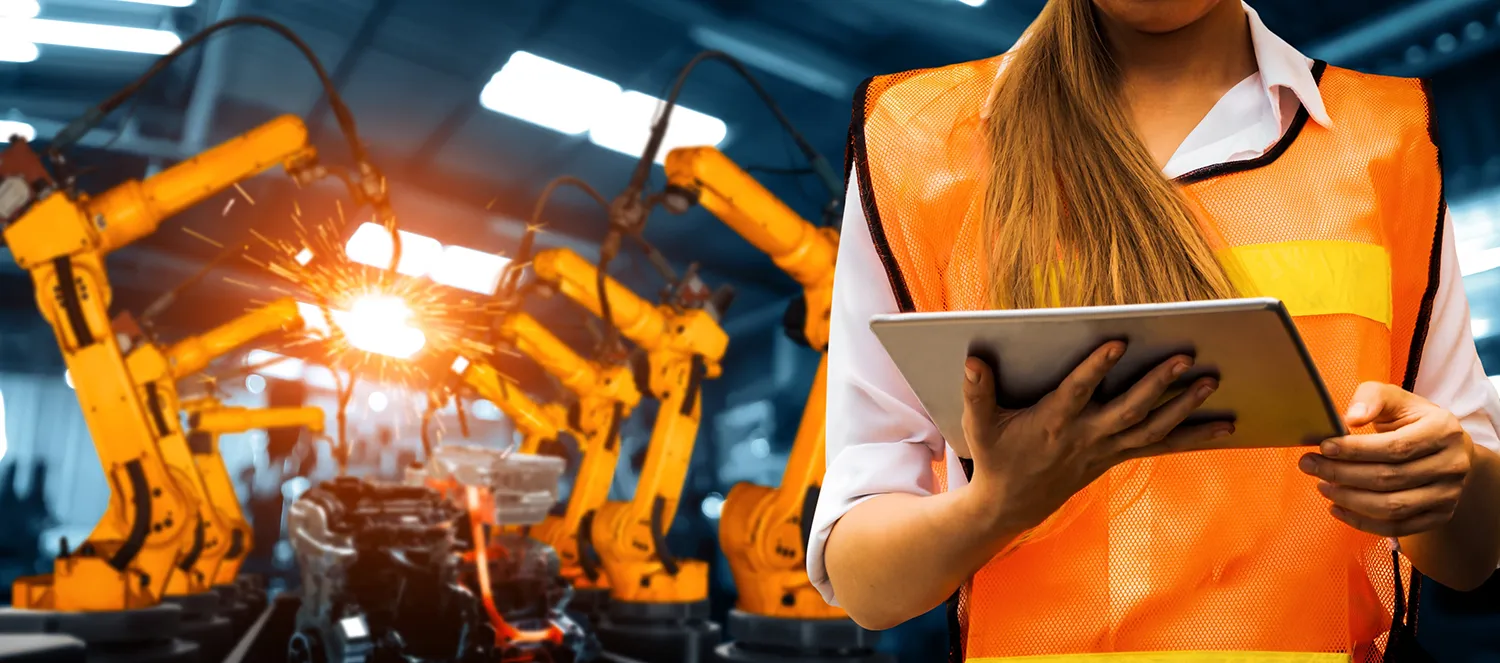
Russian Regions Invest in a Digital Future
Saratov has steadily increased its investment activity in recent years. In 2024, Industrial Technologies of the Volga (PTP) announced the construction of a major production complex. At its core will be a full-cycle foundry capable of processing up to 50,000 tons of molten steel annually.
A full cycle means that the plant will handle everything from metal casting and machining to final processing and painting. It will produce up to 1,200 wheelsets per month and around 500 units of innovative braking equipment.
Between 2025 and 2033, the Sokol plant of ZAO SAZ plans to implement a large-scale investment project to build a new facility for aircraft equipment production.
Yet the digital plant for transfer cases marks a qualitatively new leap forward. While earlier projects focused on modernizing existing facilities, this one aims to create something entirely new: a digital, robotized, export-oriented production center. Federal funding underscores its national importance and has drawn the attention of Russia’s business community.

The facility is expected to go online in 2026–2027. Educational programs will run parallel to construction, ensuring integration into the broader ecosystem of the industrial park, which includes logistics, service companies, and R&D centers—all working as a unified system.
New Horizons for Russia’s Auto Industry
There are already discussions about replicating this model of robotized production in other Russian regions, particularly within the network of industrial parks. Moreover, Saratov’s experience could form the basis of federal programs for digitizing machine-building nationwide. The educational initiatives could become a pilot project for the whole country, as robotics engineers remain one of the most in-demand professions.
The Saratov digital factory is not just a regional investment but a national technological challenge. It combines industrial modernization, digital transformation, workforce development, and export potential. Its successful implementation will provide a strong boost not only for Saratov’s economy but for Russian industry as a whole, demonstrating that despite global pressures, Russia is capable of building competitive, technologically advanced facilities aimed at the future.


